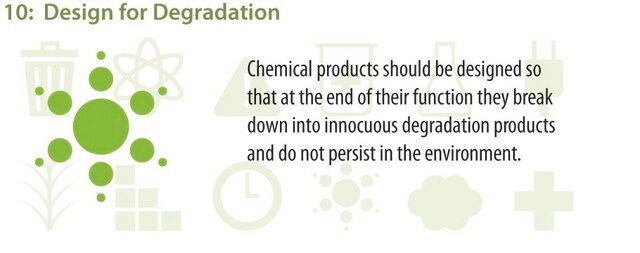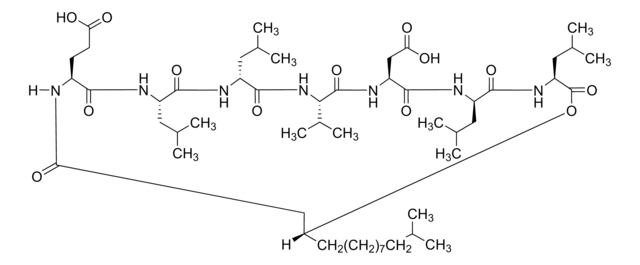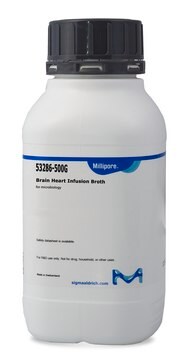01913
2-Ethoxyethyl acetate
certified reference material, TraceCERT®
Synonym(s):
1-Acetoxy-2-ethoxyethane, Cellosolve® acetate, Ethylene glycol monoethyl ether acetate
About This Item
Recommended Products
grade
certified reference material
TraceCERT®
Quality Level
vapor density
4.6 (vs air)
vapor pressure
2 mmHg ( 20 °C)
product line
TraceCERT®
autoignition temp.
715 °F
shelf life
limited shelf life, expiry date on the label
expl. lim.
13 %
storage condition
under inert gas
technique(s)
HPLC: suitable
gas chromatography (GC): suitable
refractive index
n20/D 1.406 (lit.)
bp
156 °C (lit.)
mp
−61 °C (lit.)
density
0.975 g/mL at 25 °C (lit.)
application(s)
cleaning products
cosmetics
environmental
food and beverages
personal care
format
neat
storage temp.
2-8°C
SMILES string
CCOCCOC(C)=O
InChI
1S/C6H12O3/c1-3-8-4-5-9-6(2)7/h3-5H2,1-2H3
InChI key
SVONRAPFKPVNKG-UHFFFAOYSA-N
Looking for similar products? Visit Product Comparison Guide
General description
Certified content by quantitative NMR incl. uncertainty and expiry date are given on the certificate.
Download your certificate at: http://www.sigma-aldrich.com.
Packaging
Legal Information
Signal Word
Danger
Hazard Statements
Precautionary Statements
Hazard Classifications
Acute Tox. 4 Dermal - Acute Tox. 4 Inhalation - Acute Tox. 4 Oral - Flam. Liq. 3 - Repr. 1B
Storage Class Code
3 - Flammable liquids
WGK
WGK 2
Flash Point(F)
129.2 °F - closed cup
Flash Point(C)
54 °C - closed cup
Choose from one of the most recent versions:
Already Own This Product?
Find documentation for the products that you have recently purchased in the Document Library.
Customers Also Viewed
Our team of scientists has experience in all areas of research including Life Science, Material Science, Chemical Synthesis, Chromatography, Analytical and many others.
Contact Technical Service










